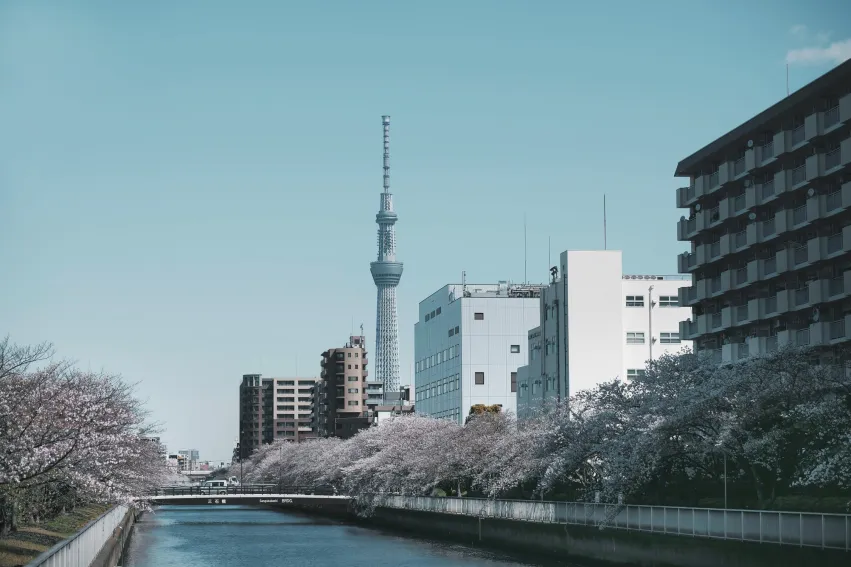
Tokyo multifamily asking rents down 1.5% in Q3
Rents are still comfortably above levels seen just prior to the Global Financial Crisis.
In order to illustrate trends in the central Tokyo residential market, Savills has segmented Tokyo’s 23 wards into seven distinct geographical areas: Central (or “central five wards”), South, West, North (Inner and Outer) and East (Inner and Outer).
After reaching a record high, Savills reveals average rents for the 23W and C5W have contracted for two consecutive quarters for the first time since 2016 and have fallen below their four-period moving averages, possibly indicating that the market has entered a downturn. Indeed, it appears that latent demand has yet to manifest following Tokyo’s soft lockdown in April and May.
Here’s more from Savills:
With an ongoing COVID-19 outbreak in the capital, many companies are continuing remote working arrangements whilst major universities intend to do the same in the form of an online semester. The population of Tokyo Prefecture has thus remained flat since reaching a high watermark of 14 million in May. This, combined with restrictions on prospective foreign residents entering the country, has disrupted demand for residential units in the 23W.
While landlords may find less demand for vacant units over the coming months, most can rest assured that their tenanted properties will maintain stable performance for the time being. Japan’s unemployment rate stands at 3.0% as of August 2020, only 0.8ppts higher than its record low of 2.2% in December of last year.
As such, tenants should generally have the capacity to pay their current rents. That said, labour demand has clearly fallen, with the job-to-applicant ratio dropping from 2.08x in December 2019 to 1.22x as of August. This will inevitably weigh on incomes and put downward pressure on rental growth going forward.
As rents generally fell faster in the outer submarkets in Q3, the C5W’s premium has expanded by 1.1ppts to 18.5%. Only the Outer East submarket posted growth for the quarter, perhaps because of its affordability. This contraction is not occurring across the board, however, as larger units and layouts with multiple rooms have seen rents grow so far this year.
Average occupancy in the 23W remains comfortably high, rising 0.2ppts QoQ to 96.6%. The number of residential listings continues to increase, however, suggesting that a disruption to leasing demand may lie ahead. Though leasing activity resumed following the April and May lockdown, it remains somewhat slower than in previous years. C5W occupancy falling below 95% is a case in point. Indeed, pent-up demand was not as robust as landlords had originally hoped and this is likely to be true until at least the end of the year.
MID-MARKET RENTAL TRENDS BY SURVEY AREA
Average multifamily asking rents for the 23W have fallen by 1.5% QoQ, landing at JPY4,076 per sq m as of Q3/2020. Rents are still 0.8% higher YoY, remaining comfortably above levels seen just prior to the Global Financial Crisis.
In a reversal from the previous quarter, rents in the C5W saw a less pronounced drop of 0.5% QoQ and remain 1.8% higher YoY. Some of the more expensive submarkets in the 18 outer wards (18W) pared back the rental gains made last quarter, though all submarkets have maintained higher rents on an annual basis.
Each ward in the C5W – save for Shibuya – experienced a quarterly decline in average rents. With Minato’s rents declining 2.0% QoQ and those of Shibuya rising 2.0% QoQ, the latter has once again taken the top spot for average rents in Tokyo. In fact, following steady growth over the past year, the submarket has seen an 8.0% YoY increase in rents, second only to the highly-discounted Edogawa in the Outer East submarket.
Following nine consecutive quarters of growth, the South submarket saw rents remain more or less flat in Q3/2020, falling just 0.1% QoQ to JPY4,168 per sq m. As in the previous quarter, Meguro marked the strongest growth – coming in at 1.4% QoQ and 7.6% YoY. Rents in the ward are now higher than those of both Chuo and Shinjuku in the C5W. The number of new-unit listings in Meguro has nearly doubled over the past year, potentially contributing to this gain.
The ward’s proximity to Shibuya and Minato, combined with the availability of green spaces and a charming riverfront, could be making the area more attractive in the wake of COVID-19. However, the high number of new-unit listings could imply less demand and rents could fall once these units are leased out. Nearby Shinagawa gave back some of its recent gains with a 2.2% drop in rents over the quarter. All wards in the South still have higher rents on an annual basis.
After demonstrating impressive annual growth of 8.2% as of last quarter, the Inner North submarket saw a pullback in rents during Q3. Specifically, rents fell 3.1% QoQ – the most significant decline of any submarket this quarter. This pullback was led by Bunkyo, which, after posting robust growth of 4.4% last quarter, saw those gains disappear with a 4.8% QoQ contraction this time around.
Despite this significant drop, rents across the ward remain 5.1% higher on an annual basis. Nearby Toshima posted a milder contraction of 1.2% QoQ, though the ward’s performance on an annual basis is far less impressive. On the other hand, given the ward’s significant discount to both adjacent Bunkyo and the C5W, and strong commercial development pipeline, there may be more upside potential in Toshima in the years to come.
The Inner East submarket has similarly seen a contraction after a period of robust growth, with rents falling 1.6% QoQ, but still up 4.0% YoY. With the largest rental growth last quarter, Sumida saw the most significant decline in rents this quarter, falling 4.2% QoQ. Average rents in the ward are still up 4.8% YoY, however. Taito and Koto marked YoY growth of 4.4% and 3.0%, respectively, though rents in the former fell 0.5% while those of the latter remained flat on a quarterly basis.
The West submarket felt a mild contraction of 0.5% in Q3/2020, and average rents now stand at JPY3,682 per sq m. Nakano, which led the submarket’s growth last quarter, saw rents fall by 0.3%, while those of nearby Suginami remained flat. Rents in Nerima, the most discounted ward in the submarket, declined by 1.2% QoQ. Each ward in the submarket is maintaining higher rents on an annual basis, with Nakano taking the lead at 4.9%.
The ward appears to have many times more listings than in the same quarter last year, which is likely a key contributor to its robust annual performance. As in Meguro, however, the spike in new listings could indicate a drop in demand, while also setting the ward up for a larger contraction in rents next quarter.
The Outer North submarket saw rents soften once again after a 0.6% QoQ drop. Itabashi continues to see its rents recover somewhat after falling from a historic high in Q3/2019, posting growth of 0.9% QoQ but still down 5.7% YoY. Kita experienced a softening of 2.0% QoQ, but still maintains a 6.8% premium over the same period last year.
The Outer East, the 23W’s cheapest submarket, was once again home to the strongest growth of all surveyed submarkets this quarter, with rents increasing 2.3% QoQ and 4.6% YoY to JPY3,129 per sq m in Q3/2020. Each ward in the submarket save for Katsushika saw growth this quarter. In a divergence from last quarter, Edogawa, the least expensive ward in the 23W, saw rents grow 8.7% QoQ, the strongest growth of any ward in Tokyo this quarter.
This appears to have largely been an upward correction given that Edogawa saw rents decline in the first two quarters of the year. As such, despite its quarterly contraction, Katsushika still produced annual growth of 7.8%. The Outer East is the most suburban submarket in the 23W and recent rental growth here may reflect a growing preference for a less urban environment and more affordable areas. Recent occupancy trends add some validity to this argument.


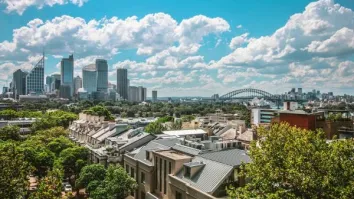

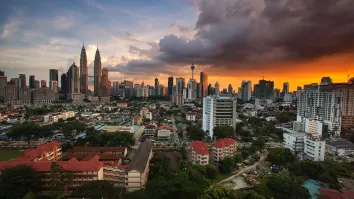
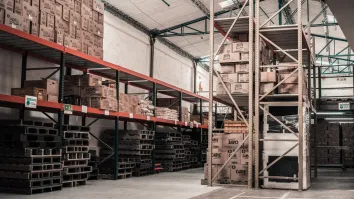



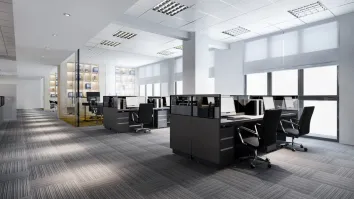



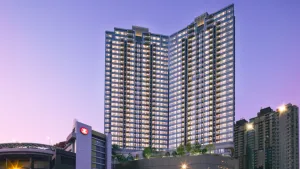



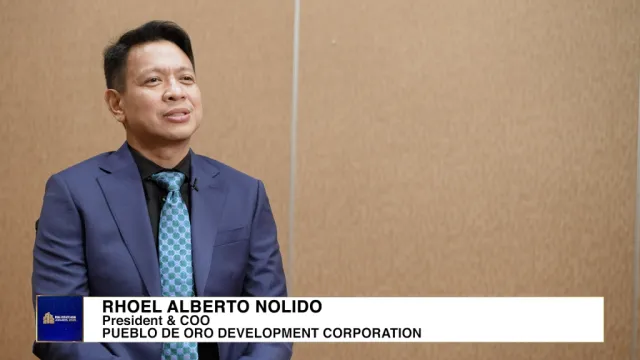

 Advertise
Advertise




